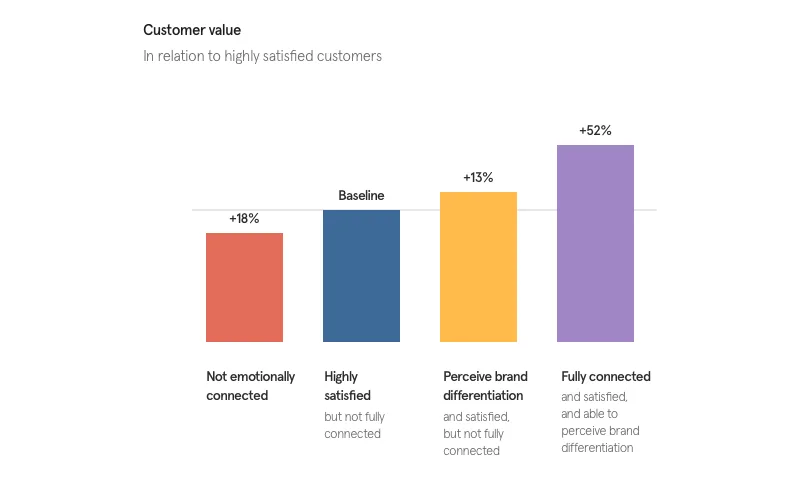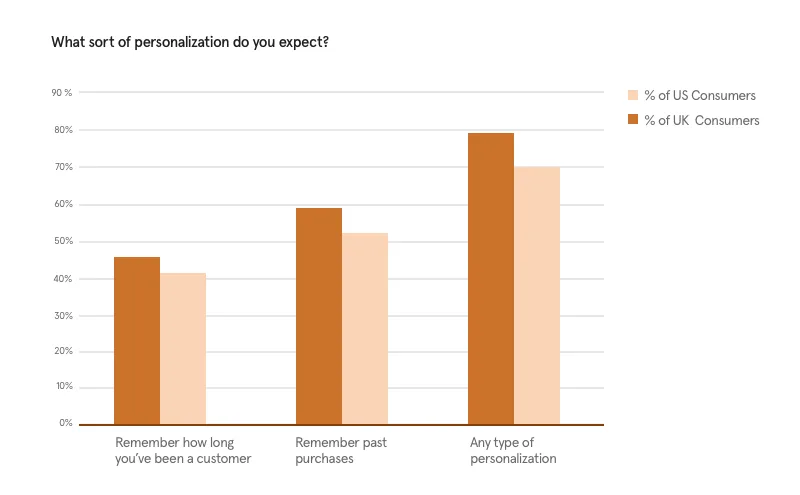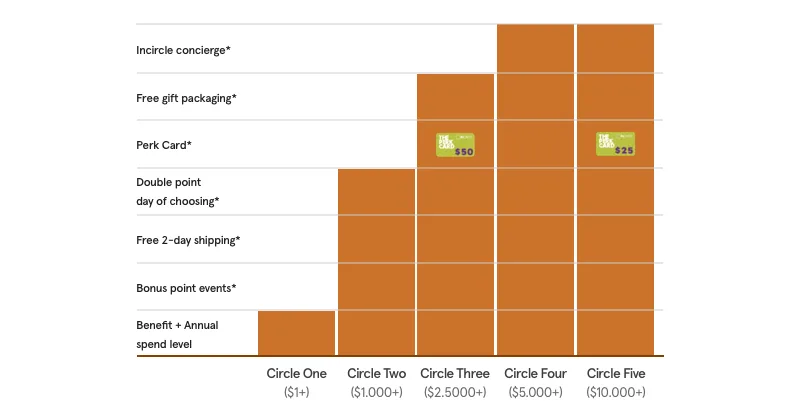Opinions and Expertise
What is relationship marketing? Best practices, examples, and more
Relationship marketing involves building connections with people over time to convert them into loyal customers. Here's how to do it.

If a stranger came up and asked to borrow your phone, how would you react? You might give them a once over and think for a sec. Or maybe you’d just ignore them and keep walking.
But if a friend or family member asked you the same question, you wouldn’t give it a second thought. You have a relationship with that person, so you trust them.
Brands are no different: Make an effort to get to know someone and build a relationship, and you’re on your way to a loyal customer.
In this article, we’ll explain relationship marketing and cover:
- Tips on creating a relationship marketing strategy
- Examples of great relationship marketing
- How relationship marketing can help a company reach its goals
What is relationship marketing?
“Relationship marketing is about building relationships with people over time with the aim of converting them into loyal customers.”
It’s part of the longer customer journey, which includes nurturing brand advocates who encourage their friends and families to buy from your company as well. This is crucial, as more than half of people seek advice from friends and family about brands on social media.
Unlike traditional forms of marketing that mainly focus on immediate sales, the main aim of relationship marketing is ongoing customer satisfaction. You can also use event marketing to enhance customer relationships.
Benefits of relationship marketing
Relationship marketing can foster a loyal customer base to help drive growth. Here are some key benefits of relationship marketing:
- Increased customer retention: Relationship marketing fosters loyalty, which keeps customers coming back for more and reduces churn.
- Improved customer lifetime value: By building strong relationships, you encourage repeat purchases and potentially upselling or cross-selling opportunities, increasing the total value a customer brings to your business.
- Enhanced word-of-mouth marketing: Loyal customers are more likely to recommend your brand to others. Positive word-of-mouth marketing generates trust and credibility that can attract new customers organically.
- Higher ROI: Relationship marketing focuses on nurturing existing customers, which can lead to a better return on investment for your marketing efforts.
- Competitive advantage: Not all businesses prioritize customer relationships. By focusing on building loyalty, you can differentiate yourself from competitors and gain a significant edge in the market.
- Boosted customer satisfaction: Relationship marketing emphasizes understanding customer needs and exceeding expectations. Focusing on customer satisfaction leads to happier customers, which is essential for long-term success.
- Valuable customer feedback: Strong relationships open a two-way communication channel. Customers who feel valued are more likely to provide user experience feedback, allowing you to refine your products, services, and marketing strategies.
How to create a relationship marketing strategy
Many consumers expect brands to understand and care about them before they consider purchasing. And consumers are measuring your brand against big hitters like Amazon, Netflix, and Starbucks.
That means you need a robust customer relationship marketing strategy if you want to keep folks coming back for more. Here’s how.
Personalize the customer experience
To build a relationship, you need to get personal. That means learning all you can about your customers without going to their house and peering in their windows.
Find out what products they buy, where they learn about brands, what TV shows they like—any relevant habits you can think of. Then take this knowledge and use it to create a tailored customer experience and communications plan.
Not sure where to start? Try asking your customers what they like and don’t like through social media or a market research survey.
Getting better answers also starts with more personal experiences.
Maybe they think your website’s great but your checkout process is complicated. Or they love your product but don’t care for all those emails you’re sending—when they were so close to reaching inbox zero.
Once you’ve used their feedback to improve your customer experience, let them know you did. They’ll love your brand even more.
Here are a few ideas for parts of the customer experience you can personalize.
Messages: Personalized emails have a higher open rate—and by personalized, we mean more than just saying “Dear Karen.” You could send a personalized thank you message if someone attended your event or provide product recommendations based on their feedback or preferences.
Send times: Focus on sending emails tailored to customers’ time zones. You can use data on past open times to send emails at a time personalized to each individual subscriber.
Websites: You can personalize your website based on your customers' needs. If your audience is pet owners, you can feature your customers’ animals on the website.
Create a loyalty program
If you want to build relationships to focus on customer retention, give customers a reason to come back by creating a loyalty program. But make sure it’s one that matters. Don’t give them one point for every dollar they spend, then reward them with a free pen at 5,000 points.
Offer special incentives so that customers feel valued. Here are a few ideas:
- Members-only sale
- Exclusive discount code
- Access to gated content
- VIP invite to your event
They won’t just appreciate it—they’ll remember it.
Neiman Marcus strikes gold when it comes to its loyalty program. It’s clear that the more you shop, the bigger the benefits. And there’s a lot of them. They also fork out a truckload of points just for signing up.
Leverage content marketing
Content marketing is about offering real value. Isn’t that why we stay in any relationship?
Produce content that’s well-written, does what it says on the tin, and solves an important business problem. People will come back for more.
That’s what we aim to do here at Typeform. Our blog articles are there to inform you about important industry issues, entertain, provide actionable tips, and help you understand our brand.
Of course, the aim is that eventually they' ll buy something from you—you’re running a business, after all—but in the meantime, you’re serving them useful content to keep your company’s name top of mind.
Putting relationship marketing to the test
Relationship marketing is a long-term, never-ending job that may not yield immediate results.
But with the right mix of personalization, loyalty programs, content marketing, and social media, you’ll be on first-name terms with your most loyal customers in no time.
And they won’t forget yours either.
Strong emotions are at the heart of any good relationship. Learn how to compliment your customer relationship marketing with emotional marketing.





.png)
.png)